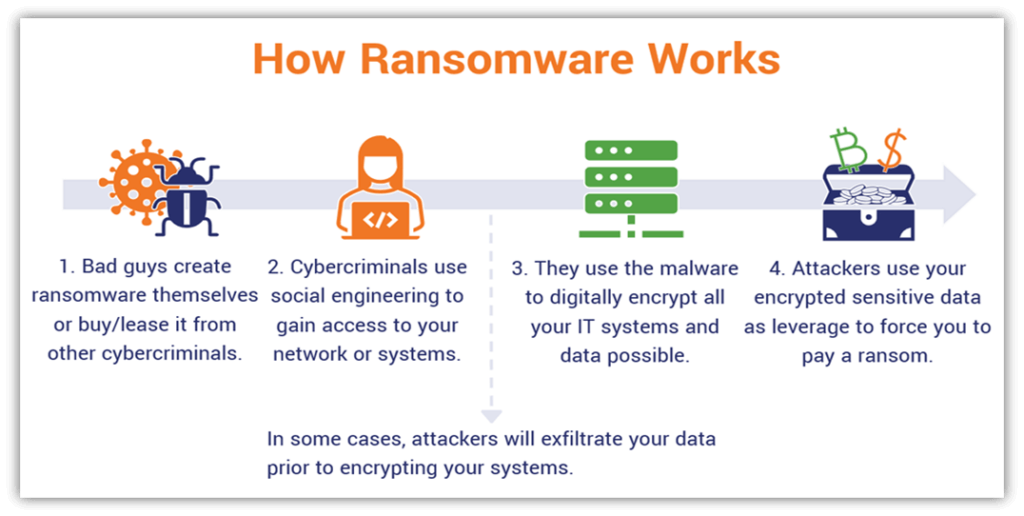LockBit ransomware, a type of malware that demands payment in exchange for access to encrypted files, has recently been found to be targeting Mac devices. This marks the first major ransomware operation specifically designed to infiltrate Apple computers. In this essay, we will delve deeper into what LockBit ransomware is, how it works, and what can be done to protect your device.
What is LockBit ransomware?
LockBit ransomware was first reported in 2019 and was initially dubbed the “abcd” virus, named after the file extension used when encrypting victims’ files. The virus works by infiltrating a victim’s system and encrypting important files, making them inaccessible to the user. The virus is categorized as a “crypto virus” due to its requests for payment in cryptocurrency to decrypt files on the victim’s device.
What is Ransomware?
Ransomware is a type of malware that is designed to extort payment from its victims. The malware gains access to the victim’s device and, depending on the type of ransomware, either encrypts individual files or the entire operating system. Once the files are encrypted, a ransom is demanded from the victim in exchange for access to the files.
How does LockBit ransomware work?
LockBit ransomware infiltrates a victim’s system through a variety of methods, such as email phishing campaigns or exploiting vulnerabilities in the system’s software. Once it has gained access to the system, LockBit ransomware will begin encrypting the victim’s files and demand payment in exchange for access to the encrypted files.

Why is the targeting of Mac devices significant?
Historically, Mac devices have been considered more secure than their Windows counterparts. However, as the popularity of Mac devices has increased, so too has the interest of cybercriminals in targeting them. While Mac devices are still less frequently targeted by cybercriminals, the targeting of Mac devices with ransomware suggests that cybercriminals are expanding their tactics to include a wider range of devices.
How can you protect your device from LockBit ransomware?
There are several steps you can take to protect your device from LockBit ransomware:
- Keep your device updated with the latest software updates and security patches.
- Be cautious when opening email attachments or clicking on links, especially if they are from unknown sources.
- Use antivirus software to scan for and detect any potential threats.
- Backup your important files regularly to an external hard drive or cloud storage service.
Why In News
LockBit ransomware has traditionally been known to target Windows systems, but this recent development suggests that cybercriminals are expanding their tactics to include Mac devices as well. This highlights the importance of keeping all devices updated and protected against potential threats.
MCQs about LockBit Ransomware
-
What is LockBit ransomware?
A. A type of malware that encrypts important files
B. A type of antivirus software
C. A tool for encrypting cryptocurrency
D. A type of software for creating backups
-
What is ransomware?
A. A type of malware that encrypts important files
B. A type of antivirus software
C. A tool for encrypting cryptocurrency
D. A type of software for creating backups
-
How does LockBit ransomware infiltrate a victim’s system?
A. By exploiting vulnerabilities in the system’s software
B. By physically accessing the device
C. By tricking the user into downloading it
D. By using brute force to guess the password
-
What is the significance of LockBit ransomware targeting Mac devices?
A. It highlights the need for increased awareness and protection against cyber threats
B. It suggests that Mac devices are less secure than Windows devices
C. It indicates that cybercriminals are losing interest in Windows devices
D. It means that Mac devices are the only devices targeted by LockBit ransomware
Boost up your confidence by appearing our Weekly Current Affairs Multiple Choice Questions
![]()


